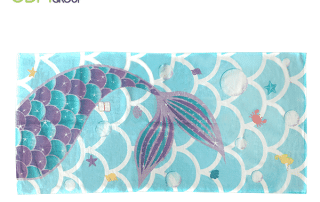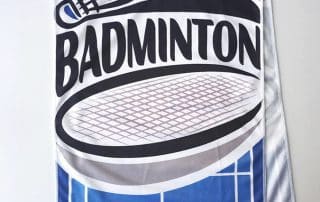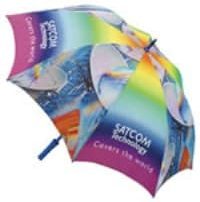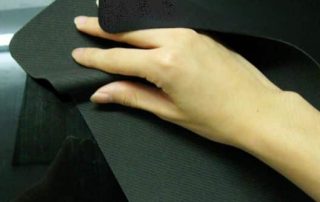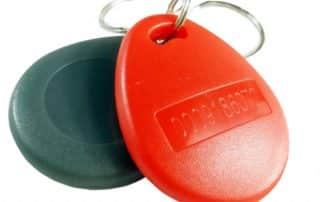Branded bar towels can be an effective promotional product. Materials are relatively inexpensive and designing is fairly easy. If you are considering using a custom towel for marketing, you should be familiar with the production process and potential issues with printing so you can avoid them before actual mass production. This ensures that you are getting exactly what you require.
Here, we discuss the printing techniques and the issues with printing you might encounter.
Potential Issues With Printing Branded Bar Towels
- Ink penetrates at the back part and edges of the towel
- Uneven color/print
- Print is not clear or readable
To maintain quality during production, it is crucial to understand the printing methods your supplier use.
Printing Methods
- Reactive Printing: This is ideal for dyeing cotton, cellulose fiber, and protein fiber. This method uses wax or dye to create vibrant colors that do not wash off. It’s water based and the dye penetrates deep into the fiber, leaving permanent prints. Using a binder and a heat-activated printing additive, the designs are transferred to the textile. The best part of it, it doesn’t affect the quality of the cotton.
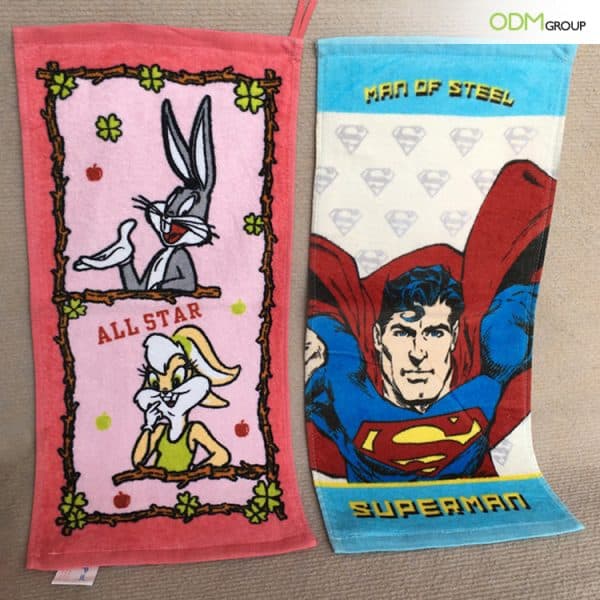
Branded Bar Towels – Potential Issues With Printing and How to Avoid
It is ideal for printing simple designs or a few solid colors. Product designers will need to provide CAD/vector artwork in high quality to achieve great results. Keep in mind that this technique will not produce the desired result if you are printing photos/gradient artwork. As for production cost, unit cost is cheap and set up cost is relatively high if printing multiple color designs.
- Digital Printing: Also known as sublimation printing, this method is great for complex designs such as photos and gradient/vector artwork. It can print images/vector art in full color and crisp detail.
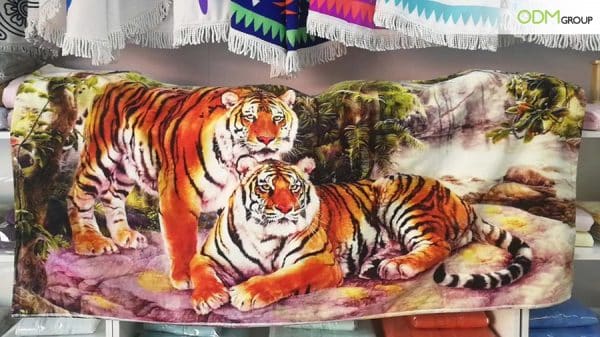
Branded Bar Towels – Potential Issues With Printing and How to Avoid
The design is printed on to the transfer paper and the factory cuts the layout. Design is transferred onto the textile by applying heat and pressure. Since only the the surface absorbs ink, print may not last long. In addition, creases and folds on the fabric can result to uneven prints. With digital printing, set up cost is cheap and unit cost is high.
Quick Tips
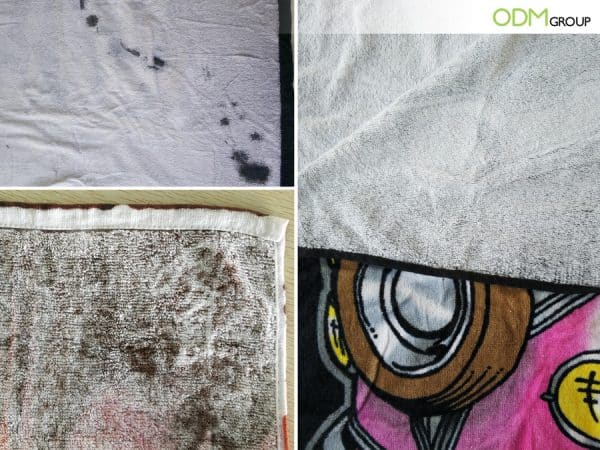
Branded Bar Towels – Potential Issues With Printing and How to Avoid
- For this example, you’ll see that the back part of the towel has marks. Since large amount of ink is needed for this one, some of it seeped through the back side and edges. Although factory defects such as this cannot be fully avoided, one can minimize rejects by using custom towels instead of ready-made white towels. The factory can weave, cut, and sew the fabric as per standard to ensure that inks won’t penetrate the back side.
- Cotton is generally the material of choice for towels. Cotton towels have one side with long threads we call the loop side and one side with shorter threads called the cut side. If design has multiple colors, you can print it on the cut pile. For simple designs with one color or a few solid colors, you can print it on either side.
Contact Us
If you need help with your promotional product, feel free to speak with us. ODM can help you create high quality designs for your marketing gifts. We can also help you source and manufacture promotional items in China.
If you want to know more about how your favorite promotional product is made, click through these blogs!
This blog contains cool information about producing high quality products. It tackles how factories maintain quality during production, and the defects that can occur during the production stage.
Want to know what goes inside a production room of a Chinese factory? Read this blog to know more!
Cool stuff! This is how a serving jug in stainless steel is made:
